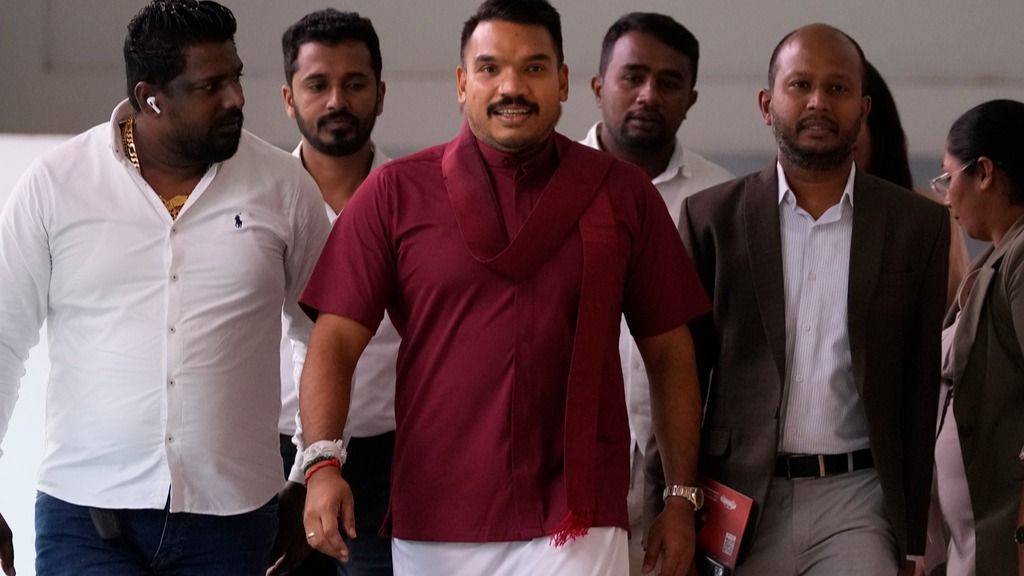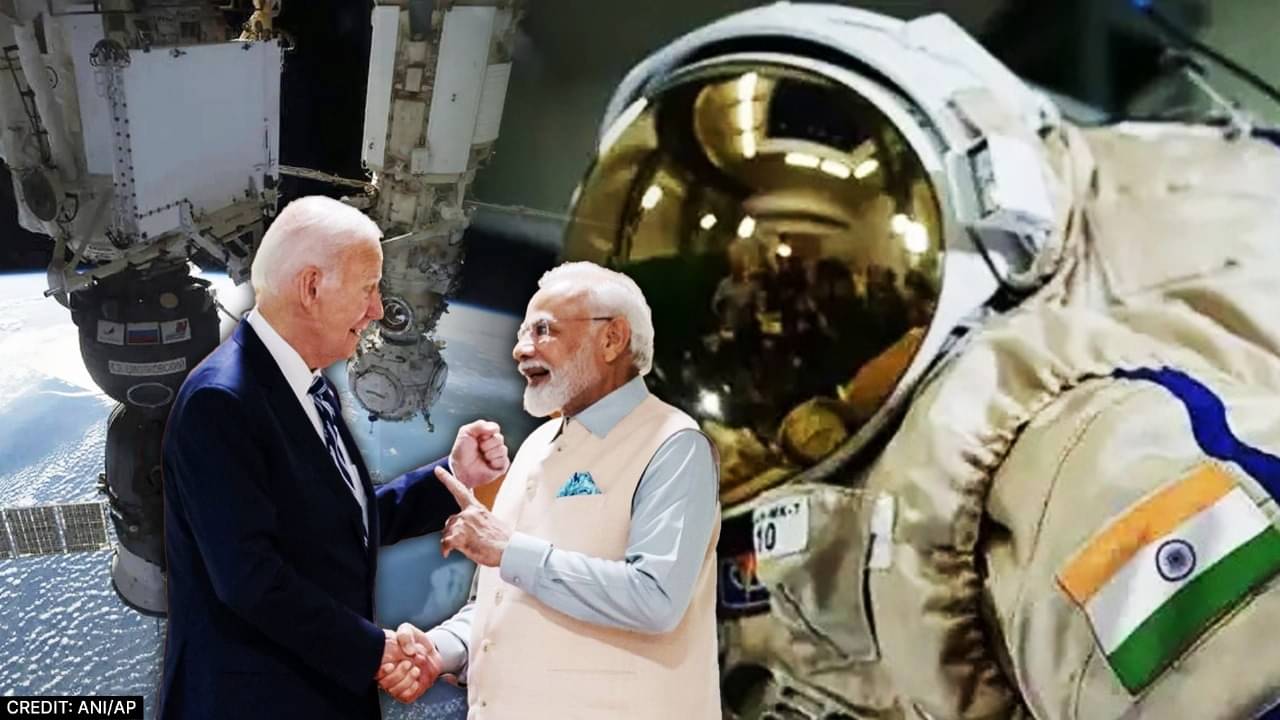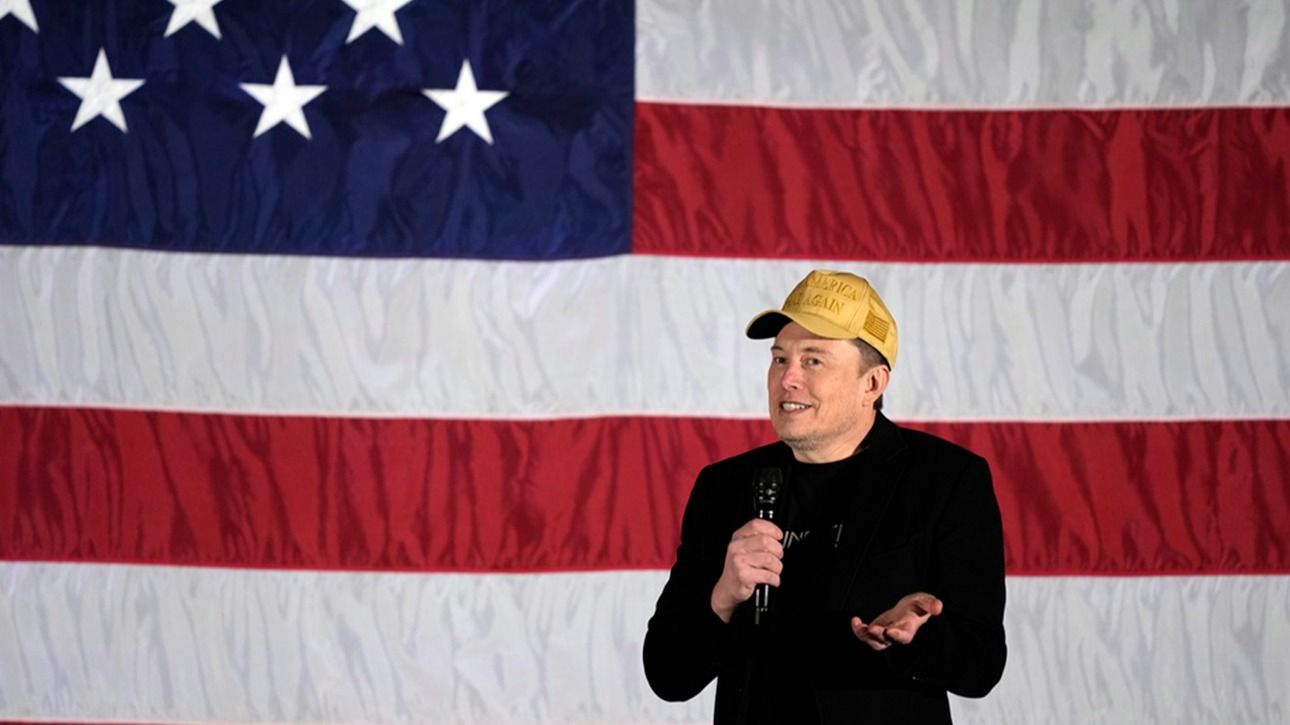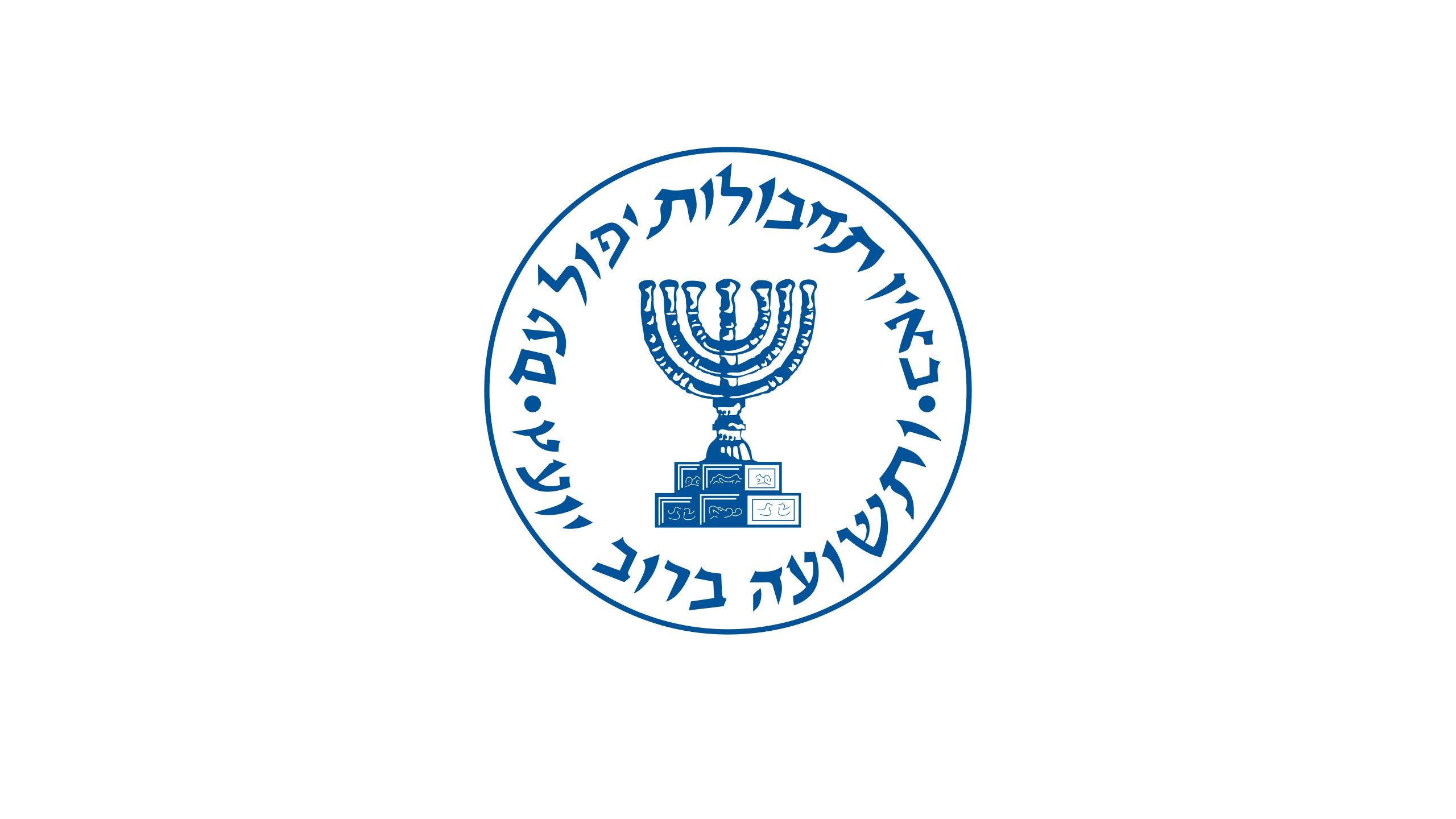COLOMBO: When an uprising ousted Sri Lanka’s president, many saw it as the end of his powerful family’s hold on the island nation after more than 12 years of rule.
Now, as Sri Lanka prepares to elect a new leader, Namal Rajapaksa is running for president. The 38-year-old is the son of former President Mahinda Rajapaksa and the nephew of the ousted President Gotabaya Rajapaksa.
Namal Rajapaksa is presenting himself as an agent of change, but many see his bid for presidency as an attempt by the controversial political dynasty to regain power.
By mid-2022, the clan’s political career seemed in ruins. Some of its members were forced into hiding in military camps after angry protesters stormed their residences. Others simply gave up their seats in the government as people blamed them for hurtling the country of more than 20 million people into an economic crisis.
Two years later, the family — shunned and pushed to political wilderness — is trying make a comeback via the Rajapaksa heir apparent who is styling himself as someone who could deliver Sri Lanka into a prosperous future.
But for Namal Rajapaksa, it’s more than just a political choice — it’s a deeply personal one. He wants to shed the widespread allegations that the Rajapaksa clan ran the country as a family business that led to the economy crashing in 2022 — as well as the guilty verdict on corruption charges against them.
“The corruption charges are not something common to my family or to myself. If you look at all politicians in this country or in the world, including our region … all have been accused of being corrupt,” Namal told the Associated Press on a recent afternoon. “People will understand, you know, because if you look at the current stage, everyone is blaming each other.”
Sri Lanka was once an economic hope in South Asia, before it plunged into an economic crisis in 2022 when unsustainable debt and the COVID-19 pandemic led to a severe shortage of essentials. The crisis morphed into a popular uprising, with angry street protesters taking over the president’s and prime minister’s offices and other key buildings, forcing Gotabaya to flee the country and later resign.Many blamed the Rajapaksas.
The family still had a big parliamentary majority, and voted Ranil Wickremesinghe to serve the remainder of the presidential term. Wickremesinghe ensured them protection in return for their support to pass laws in Parliament, enabling the clan to mark a return in politics.
“We didn’t run away, we never ran away. It’s just that some people thought we were hiding,” said Namal.Namal’s prospects for a political comeback appear grim, as the main contest appears to be between three other candidates: Wickremesinghe, the parliamentary opposition leader and a left-leaning politician with a powerful alliance.
Alan Keenan, senior consultant on Sri Lanka at the International Crisis Group, said the younger Rajapaksa’s bid for the presidency is a test run that would establish “his position as the heir apparent” of the political dynasty.
“I think they (the Rajapaksas) know that Namal will not win. But his candidature effectively reasserts the family’s ownership of the party,” Keenan said.The Rajapaksa family has been a mainstay in Sri Lankan politics for decades. They influenced nearly everything — from bureaucracy to courts, police, business and sports.
Namal Rajapaksa’s father was a prime minister and then a two-term president from 2005 to 2015. Even though Mahinda Rajapaksa was adored by the country’s majority Buddhist Sinhalese for defeating the ethnic Tamil separatists after a 26-year bloody civil war, allegations of human rights violations and corruption led to his defeat in 2015.
The family, however, returned more powerful four years later, when Mahinda’s brother was elected president. Gotabaya Rajapaksa whipped up majority Buddhist Sinhalese sentiments after the 2019 Easter Sunday bombings, blamed on Islamic extremist groups, killed 290 people.
But the family’s popularity quickly eroded under a tanking economy and alienation among ethnic Tamils, Muslims and other minorities.
With hopes to reinvent himself as a young, modern leader removed from his family’s tainted past, Namal Rajapaksa’s efforts mirror that of his father, who still enjoys considerable support among some voters who credit him for crushing the Tamil separatists.
Like his father, Namal Rajapaksa wears the trademark outfit that highlights his Buddhist Sinhalese culture, with a maroon scarf around his neck, a sarong and a white robe.
During campaigns he can be seen touching his father’s feet in reverence, a practice most locals consider noble. He is also promising to free the island nation from its debt crisis, create more jobs and eradicate corruption by digitizing the administrative systems.Still, many in Sri Lanka are done with the family, and public opposition to Rajapaksa’s candidacy is particularly palpable among the Tamil community that makes up about 11% of Sri Lanka’s population.
The group was crushed in a 2009 government offensive headed by Mahinda and Gotabaya Rajapaksa to end the separatist civil war that broke out in 1983 and left at least 100,000 on both sides, with many more missing. Though not all Tamils were part of or supported the rebel group, their defeat has effectively become a political defeat to the community.
They also blame the Rajapaksas for alleged human rights violations against civilians during the war.Vellaiyan Sivaprakash, a Tamil who works as an auditor in central Sri Lanka, said he constantly lived in fear of violence during the Rajapaksa rule and doubted whether he could live in Sri Lanka anymore.
“Their rule was like a monarchy and they behaved like princes and treated us like slaves,” Sivaprakash said. “They should never come back to power.”Rajapaksas still have a large chunk of supporters who appreciate their role in ending the war and in big infrastructure projects including a road network, an airport and a seaport built on high-interest Chinese loans.
Even though many of them believe Namal Rajapaksa has no chance of winning, they are banking on his future prospects.
“I will vote for Namal because I got my job under his father’s government. He is still young and one day he can be the president,” said R. M. Lasantha, who works as a pipe fitter at the state-owned petroleum corporation.
Some Sri Lankans say it would take the Rajapaksas at least a decade to make a political comeback.
“Their name is associated with corruption and bankruptcy, so rebuilding (their image) is a major challenge,” said Manilal Ranasinghe, who works in the tourism industry.
“At the same time,” Ranasinghe said, “we know that Sri Lankans have a short memory.”(Except for the headline, this story has not been edited by Republic and is published from a syndicated feed.)
Sri Lankans’ Fury Forced the Powerful Rajapaksa Clan Out. Now Its Heir is Running for President world-news World News | Latest International News | Global World News | World News Today




